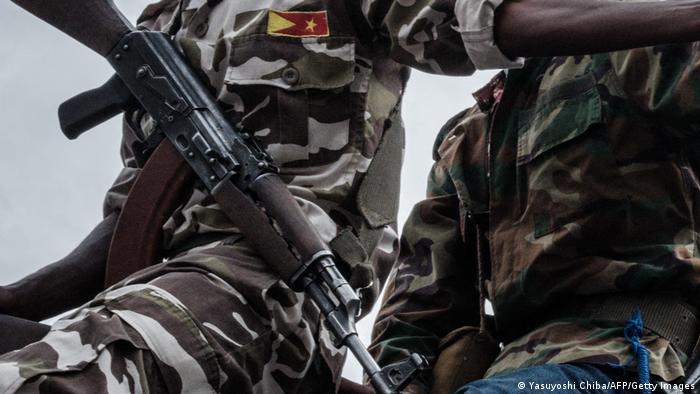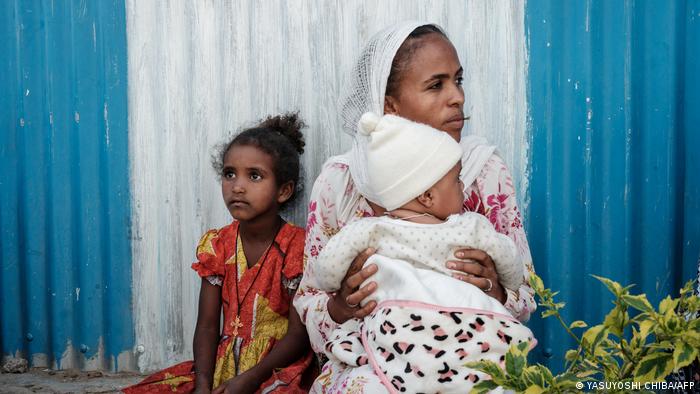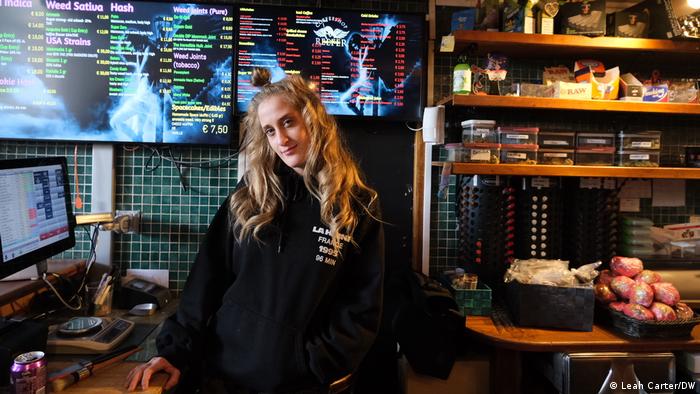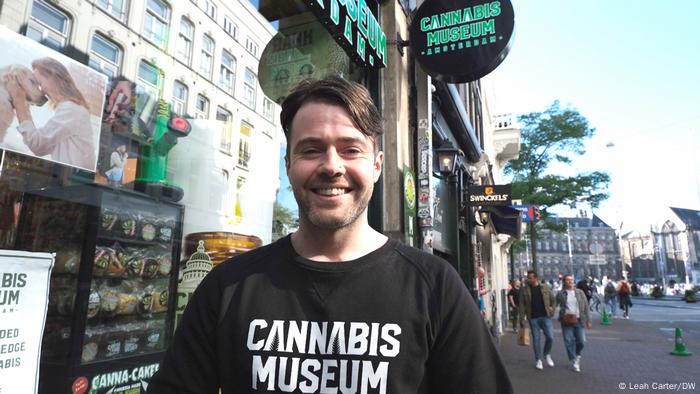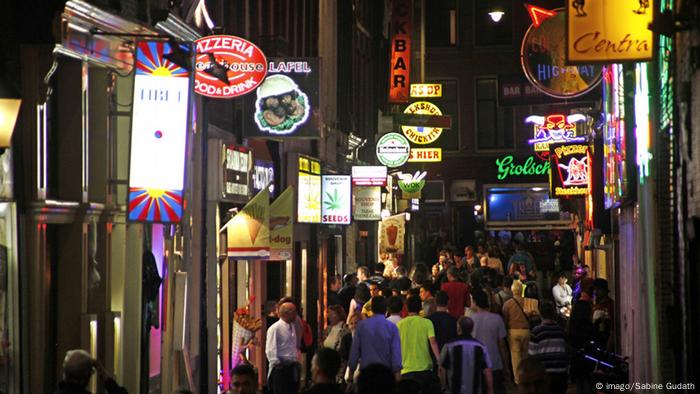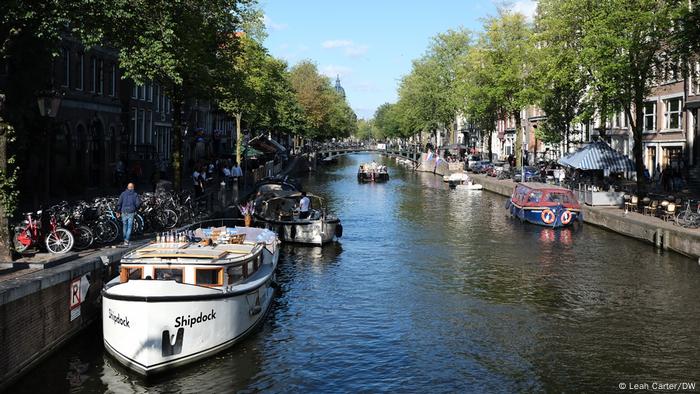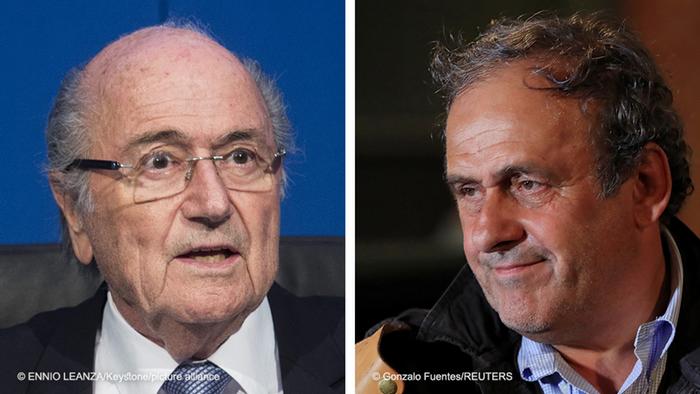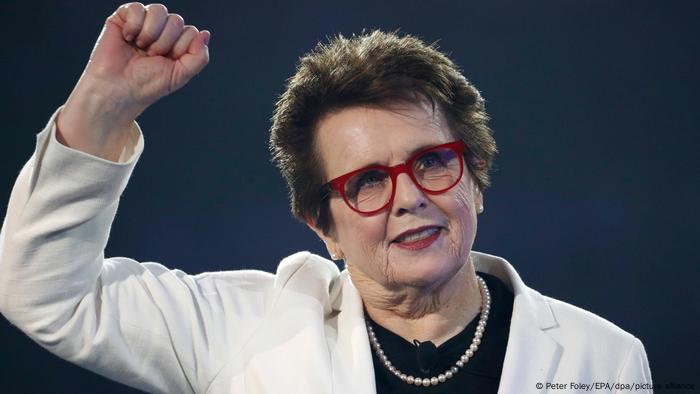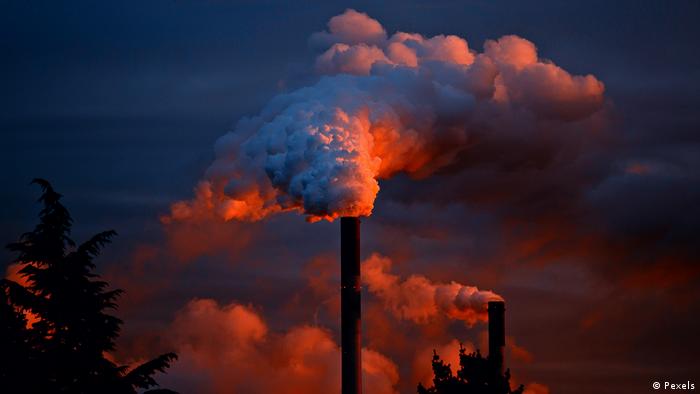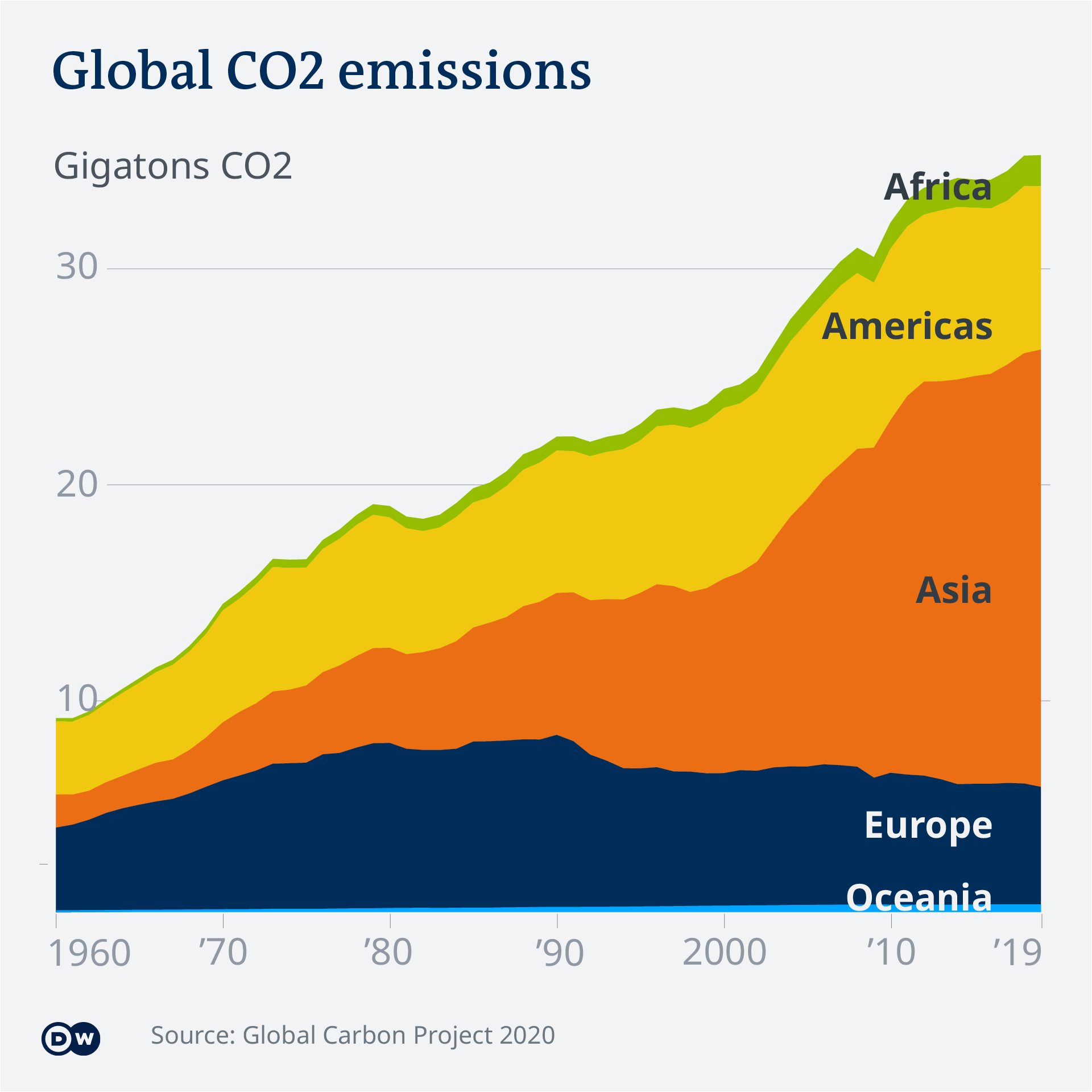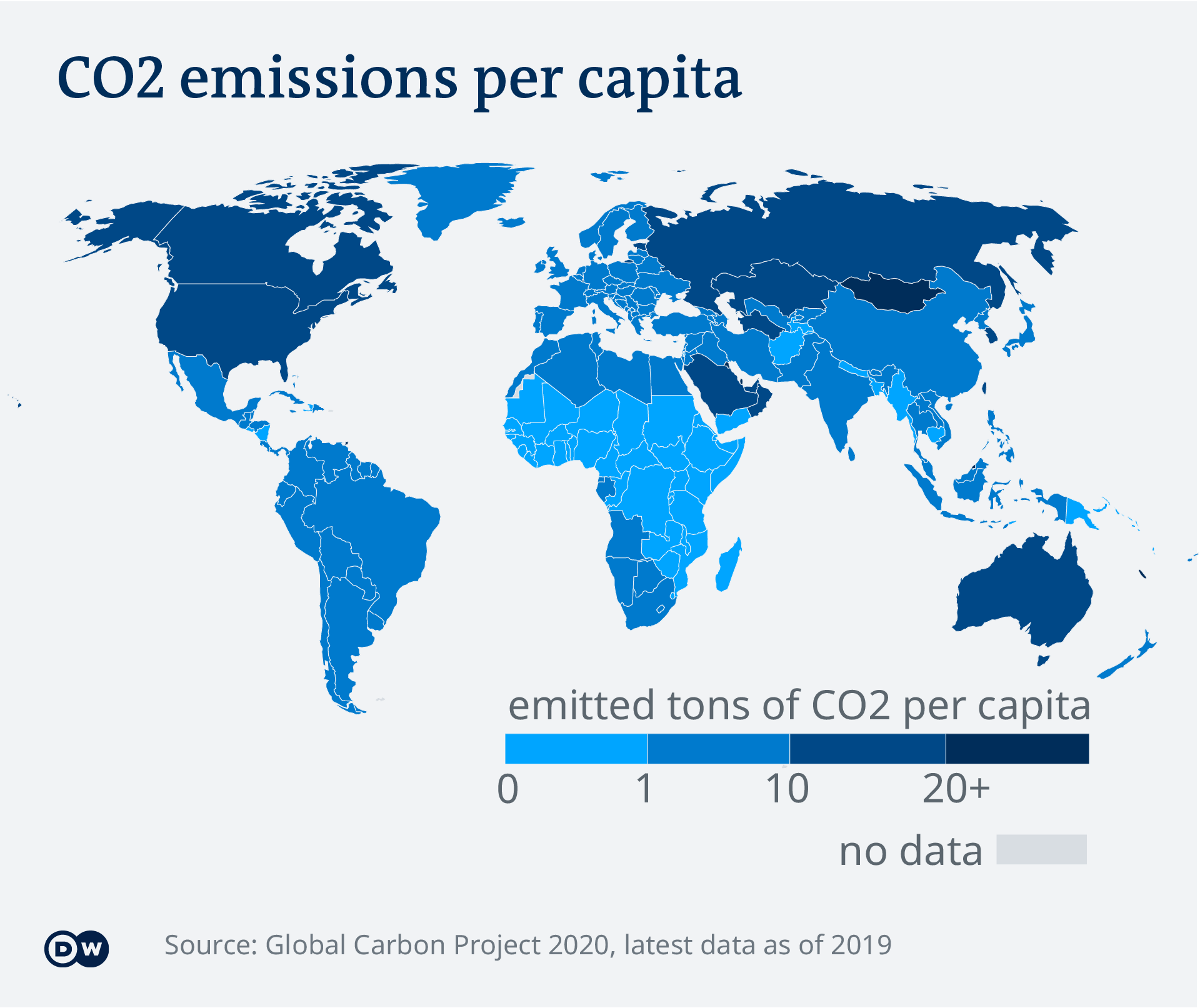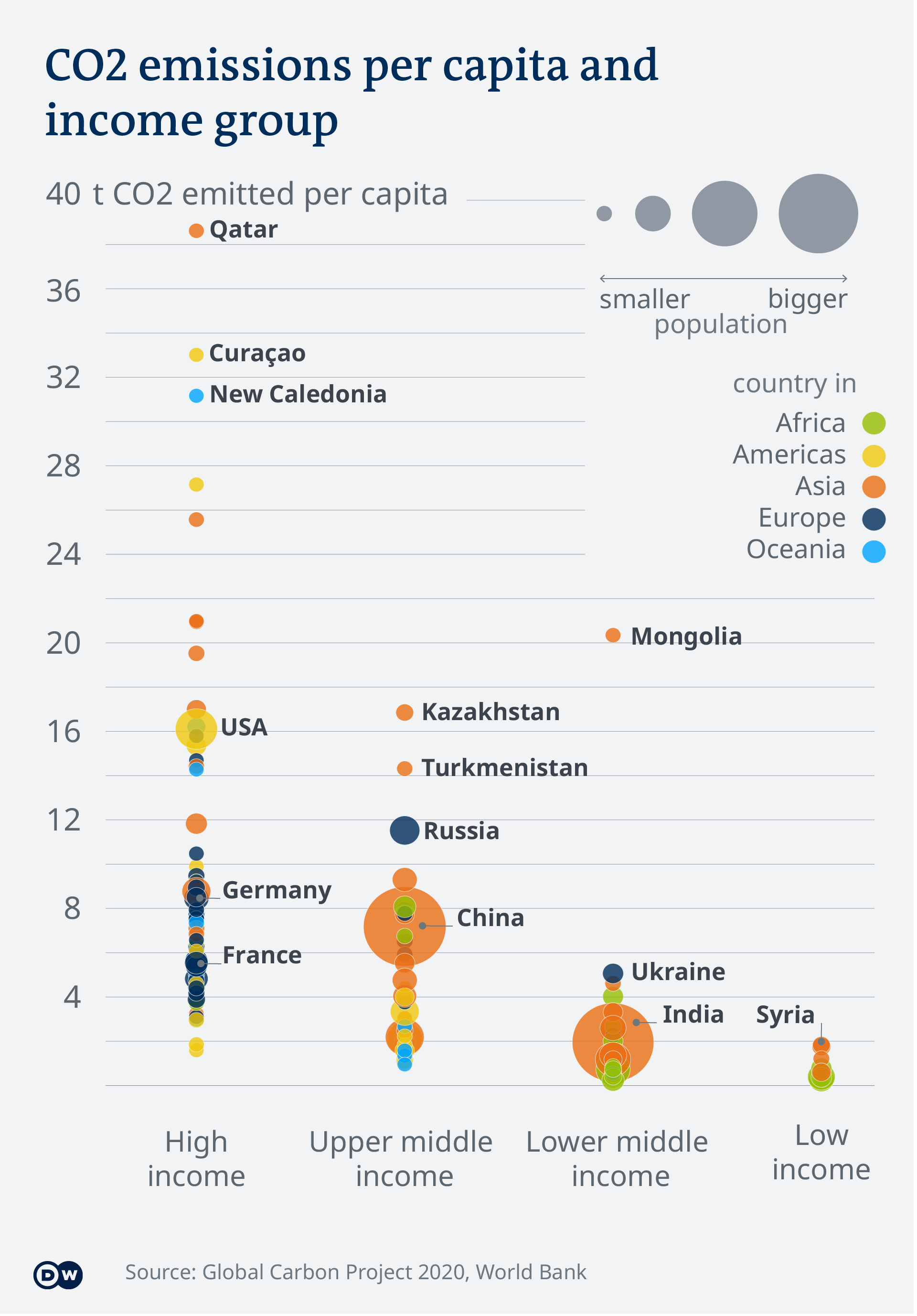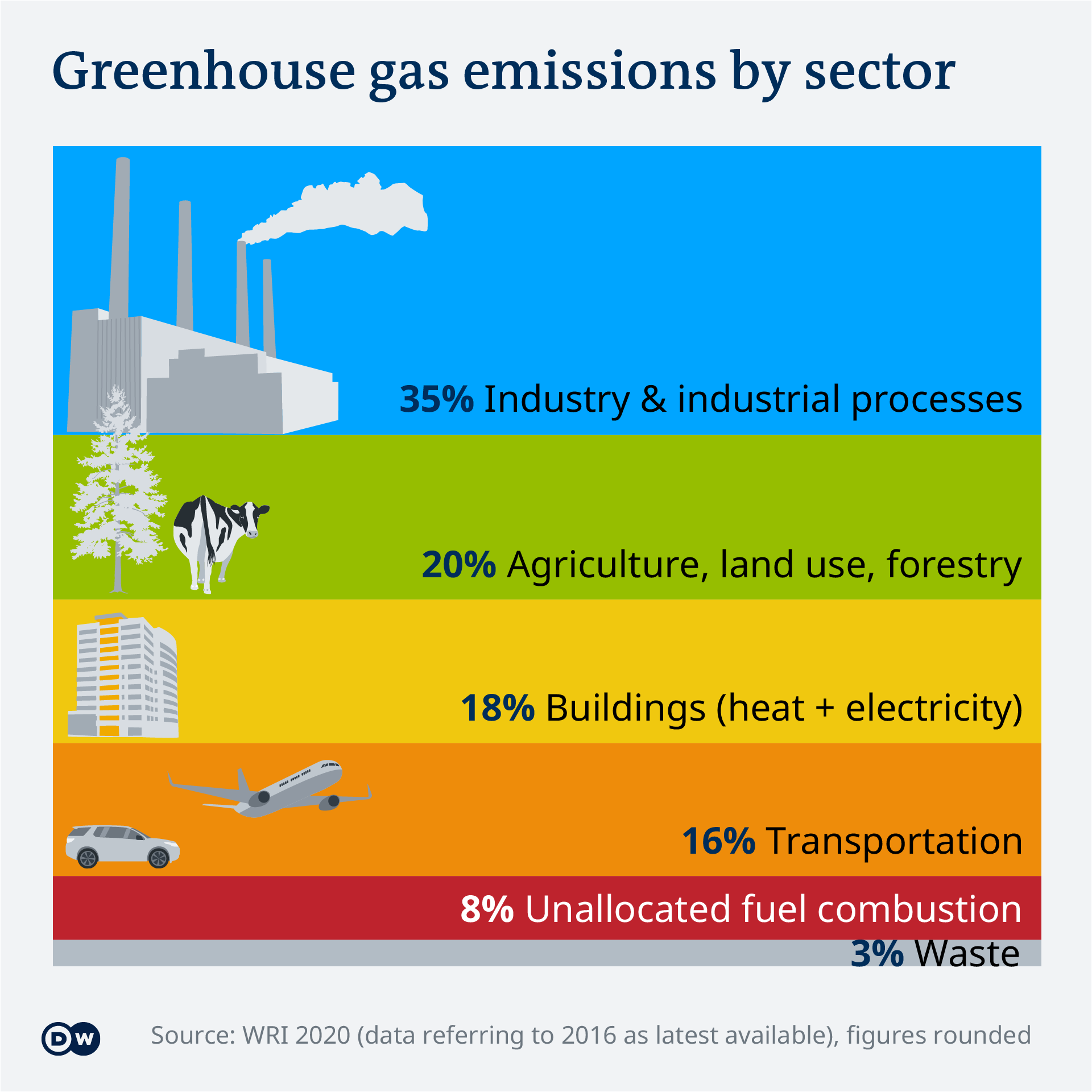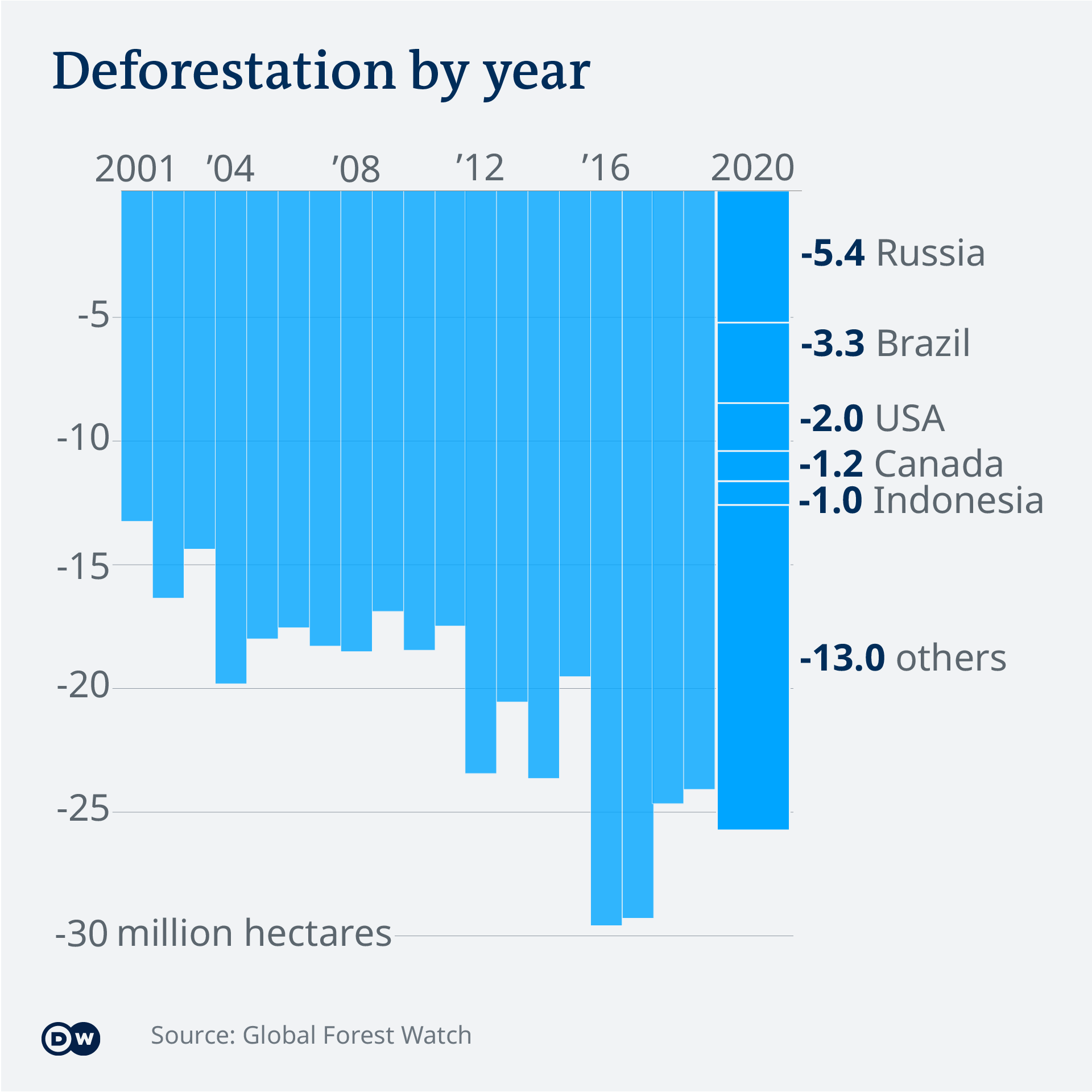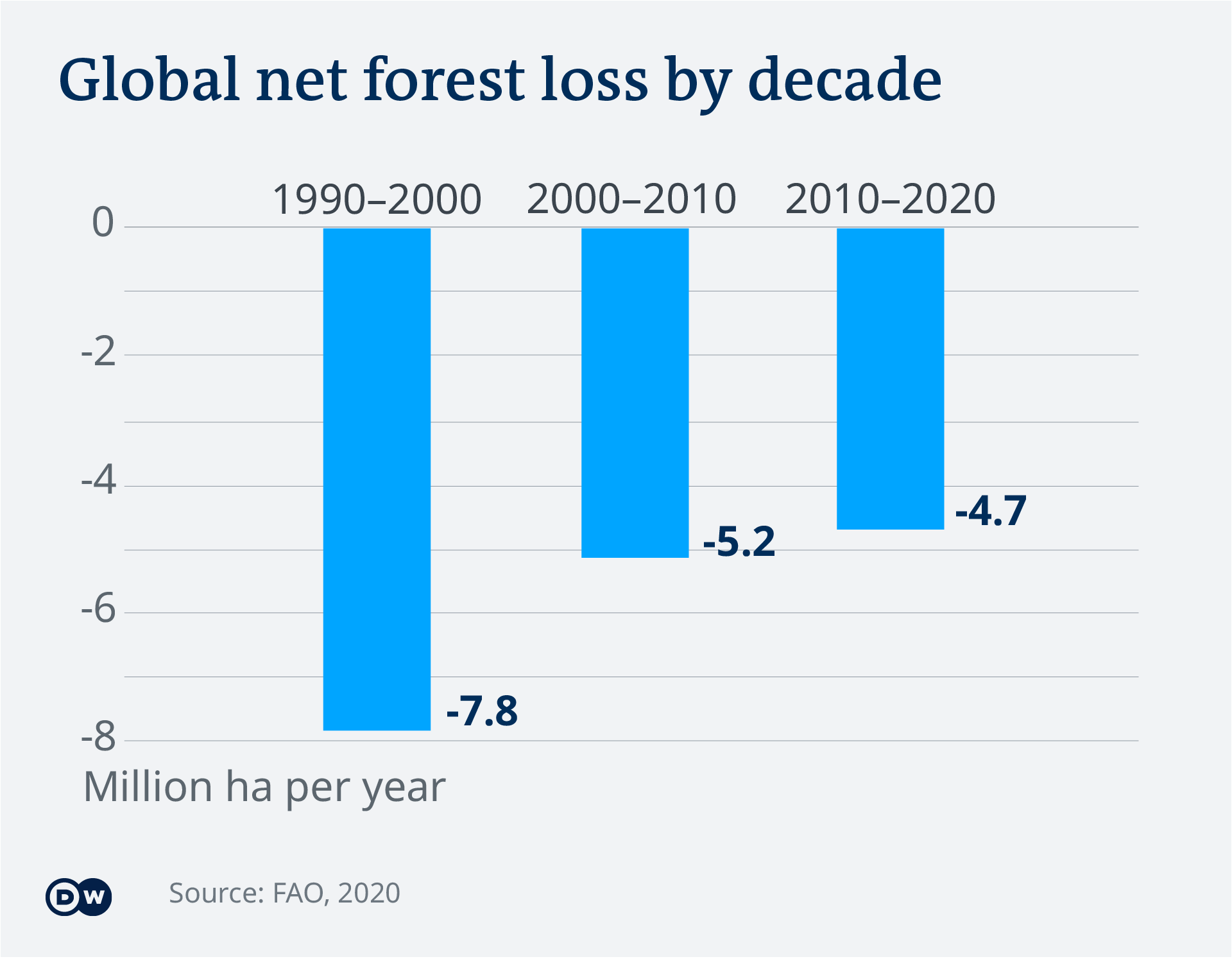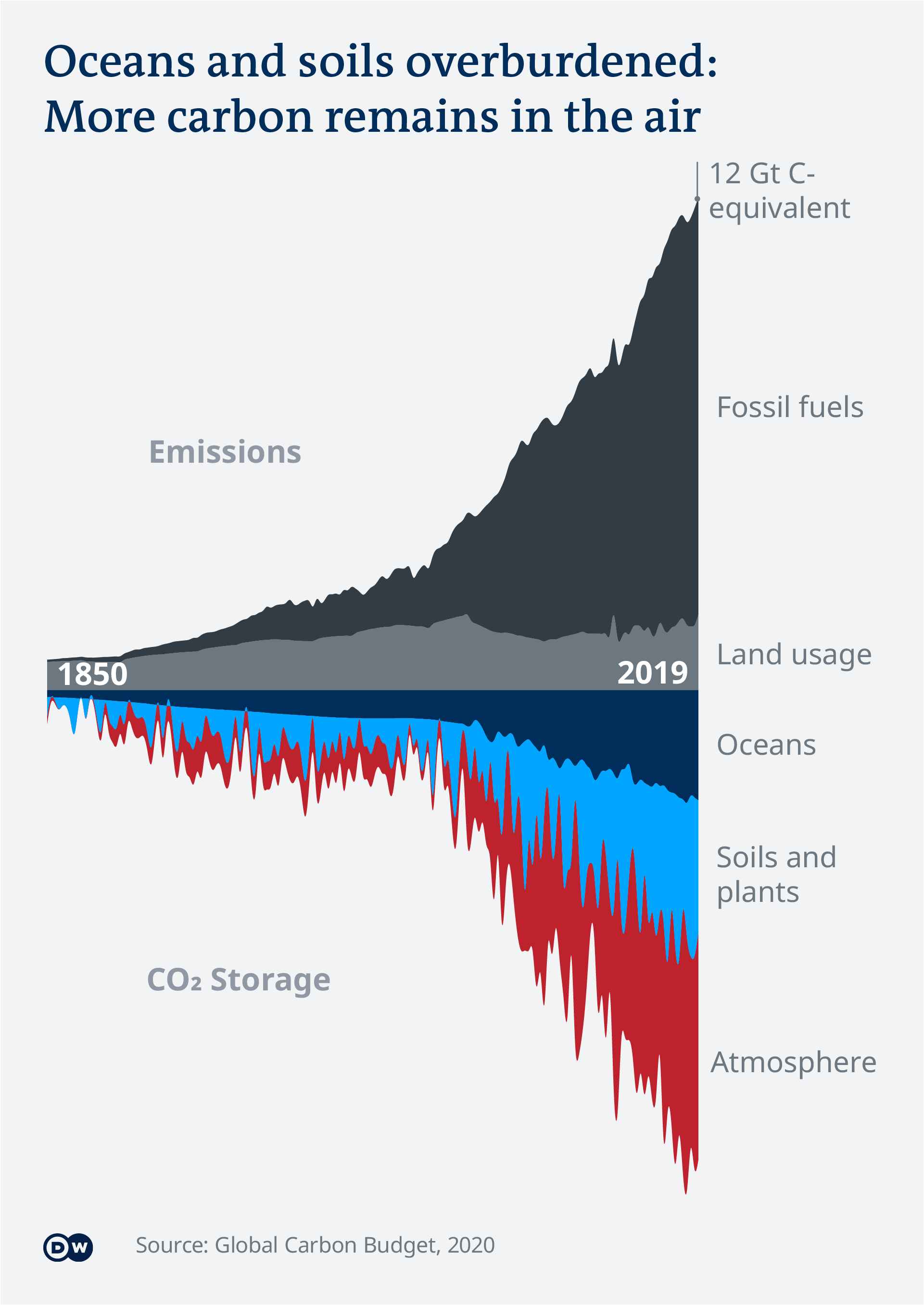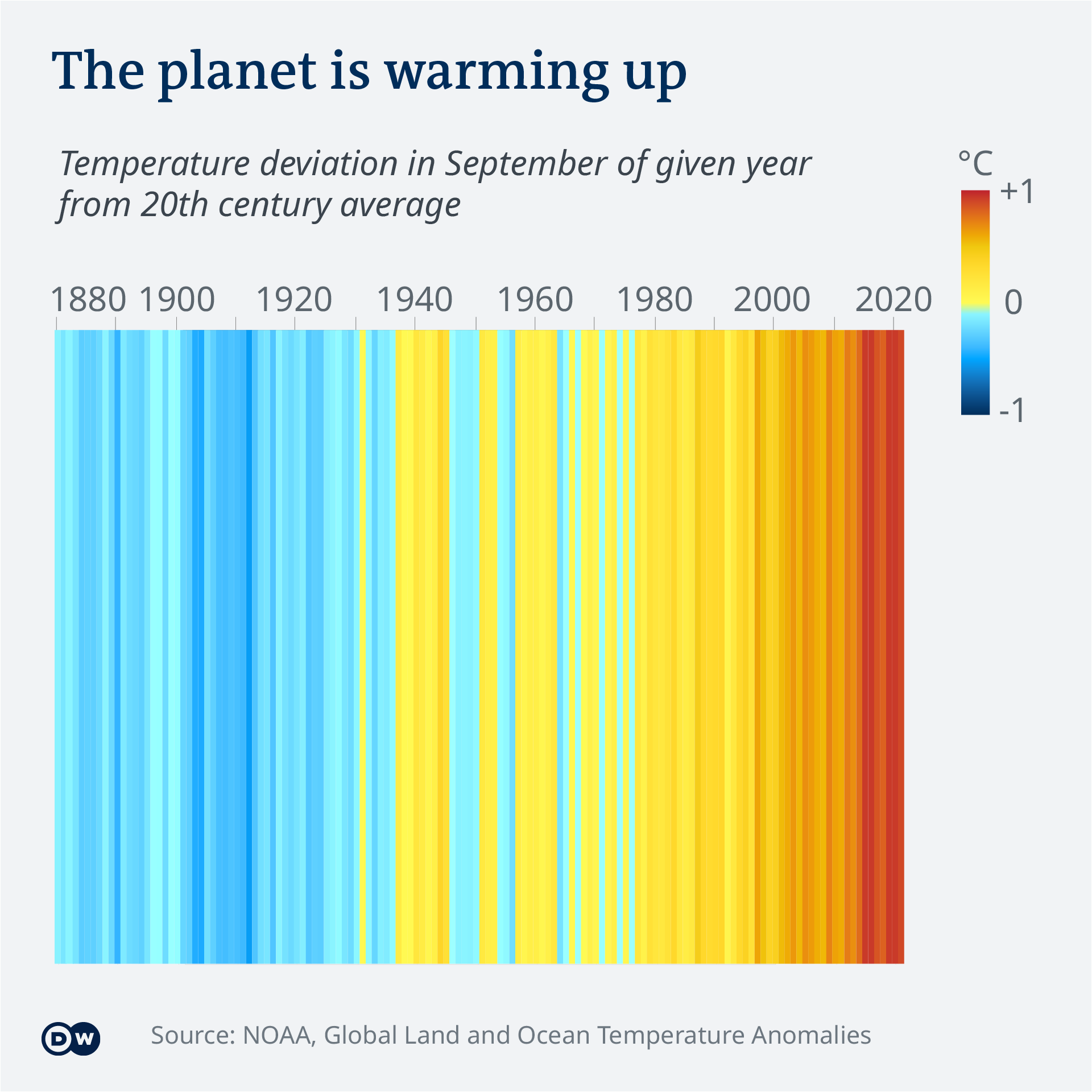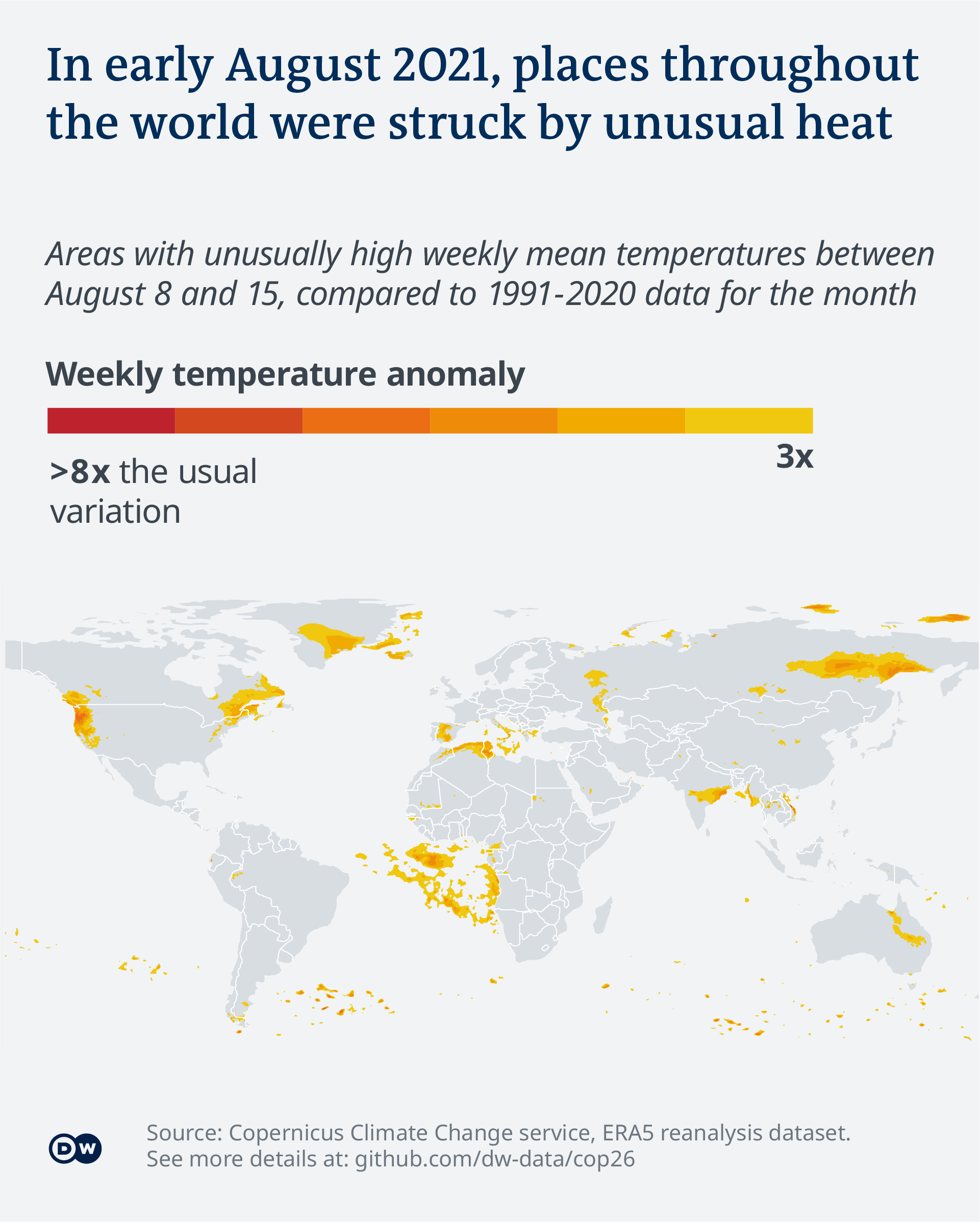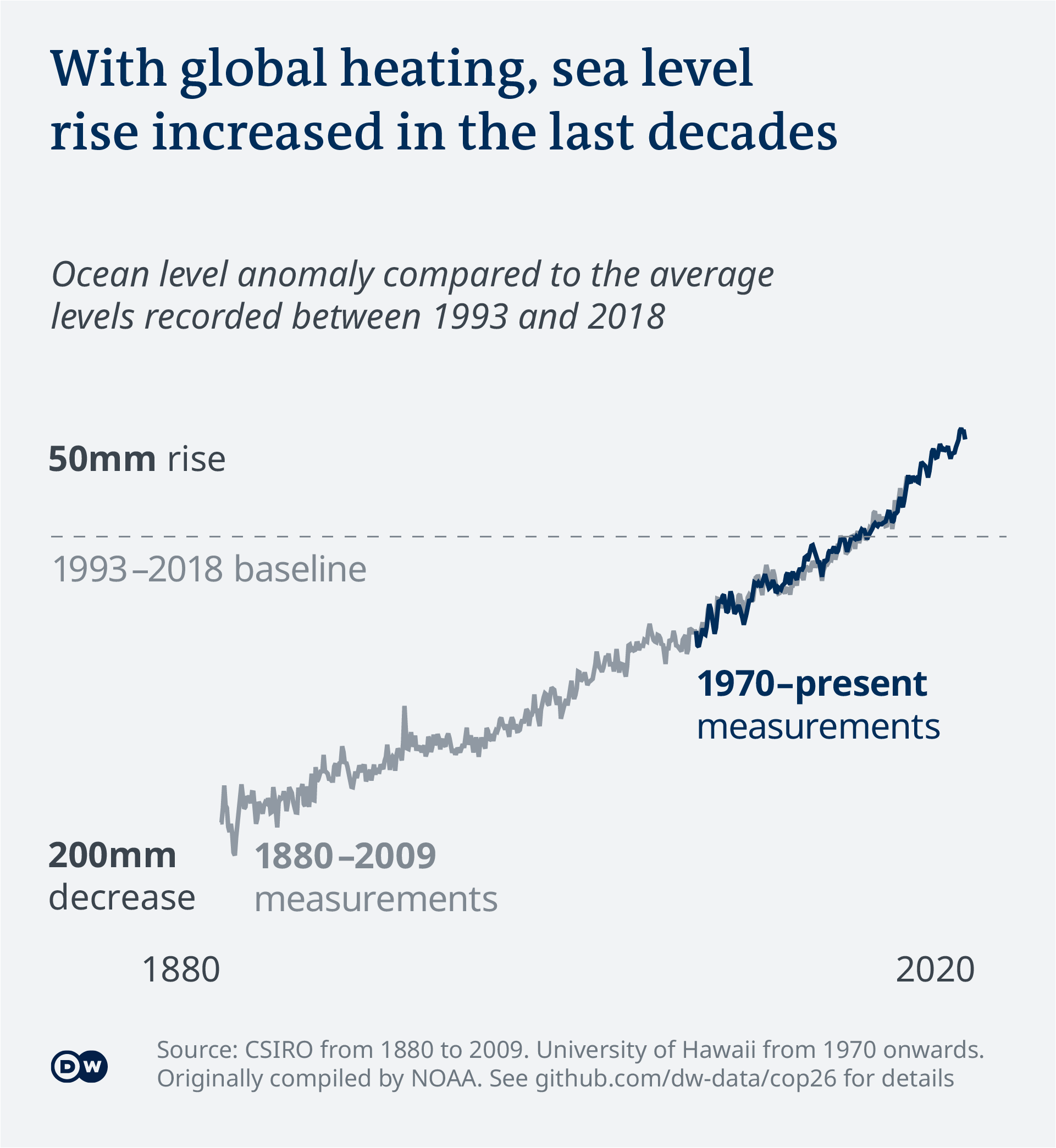Amanda Connolly , GLOBAL NEWS
Prime Minister Justin Trudeau used his platform before world leaders gathered for the COP26 climate summit this week to urge the creation of global standards when it comes to pricing pollution.

© Provided by Global News Prime Minister Justin Trudeau is greeted by United Nations Secretary Executive Patricia Espinosa as he arrives to COP26 in Glasgow, Scotland on Monday, Nov. 1, 2021.
THE CANADIAN PRESS/Sean Kilpatrick
Touting the domestic carbon price policy put in place by his Liberal government, Trudeau said the world can no longer act as if climate change does not exist because the devastation wrought on communities, like the town of Lytton, B.C., is only going to keep happening as the world heats up.
"Just as globally we’ve agreed to a minimum corporate tax, we must work together to ensure it’s no longer free to pollute anywhere around the world," Trudeau said.
"That means establishing a shared minimum standard for pricing pollution."
On Tuesday, he said there are "many different ways" of pricing pollution in different sectors, and that what is crucial is "to establish a principle of stringency and equity to make sure that everyone is pricing at the same level."
Putting in a carbon price domestically proved to be a battle, fraught with both political and legal fights that culminated in multiple provinces — led by conservative premiers — challenging the policy before the Supreme Court of Canada, which ultimately upheld the pricing.
But putting one in place globally could be an even tougher fight given the differing approaches being taken in many jurisdictions.
Here's what you need to know about the ideas being discussed right now.
Touting the domestic carbon price policy put in place by his Liberal government, Trudeau said the world can no longer act as if climate change does not exist because the devastation wrought on communities, like the town of Lytton, B.C., is only going to keep happening as the world heats up.
"Just as globally we’ve agreed to a minimum corporate tax, we must work together to ensure it’s no longer free to pollute anywhere around the world," Trudeau said.
"That means establishing a shared minimum standard for pricing pollution."
On Tuesday, he said there are "many different ways" of pricing pollution in different sectors, and that what is crucial is "to establish a principle of stringency and equity to make sure that everyone is pricing at the same level."
Putting in a carbon price domestically proved to be a battle, fraught with both political and legal fights that culminated in multiple provinces — led by conservative premiers — challenging the policy before the Supreme Court of Canada, which ultimately upheld the pricing.
But putting one in place globally could be an even tougher fight given the differing approaches being taken in many jurisdictions.
Here's what you need to know about the ideas being discussed right now.
What is a carbon price?
A carbon price is a concept most Canadians will be familiar with, given the country has had one in place since 2019 as a federal backstop for provinces without their own systems for pricing carbon emissions.
Under the program, every tonne of carbon emitted in a province where the federal carbon price applies costs an industrial emitter a set price. In Canada, the price will hit $170 per tonne in 2030, up from the $65 set to take effect in 2023. It is currently set at $40 per tonne, going up to $50 per tonne next year.
That translates into higher prices for things like gasoline, which the federal government tries to offset with a tax rebate for citizens. The essential thinking behind carbon pricing is that by making pollution more expensive, emitters will have an incentive to adopt lower-emission alternatives.
Canada's program is still new and there has been debate about whether it is having the desired effect, though many economists say it will take time to see the results.
But could it be replicated globally at this point?
"A shared common price is not feasible," said Chris McDermott, Canada's former lead negotiator on the carbon trading rules proposed under the Kyoto Protocol.
“The best you can hope for [at COP26] is that you actually get a deal on Article 6."
What is Article 6, and why does it matter to these talks? It's a section of the Paris Agreement, signed in 2015, that proposes the creation of an international carbon market where parties to that agreement can trade credits to hit their emissions reductions targets — and it appears to be picking up steam.
Carbon price vs. carbon market?
Under Article 6 of the Paris Agreement, the signatory parties agreed on mechanisms where they could cooperate voluntarily to work toward hitting their climate goals under the deal.
Two sections of that article effectively lay out how a country that beats its own climate targets under the agreement could sell credits to other countries that haven't yet met their own climate targets.
Those credits would count toward those targets, and could be basically traded among parties to the agreement on an international carbon marketplace that would be governed by the United Nations, via an as-yet-undetermined governance body.
READ MORE: Canada joins more than 100 countries vowing to end deforestation
McDermott said while the rough shape of that proposal has been laid out in the agreement, the details have not been hammered out. That is one area where leaders likely have a realistic shot at reaching a consensus during the COP26 meetings, he said.
Effectively, it would lay out the terms for a model similar to cap-and-trade in order to help countries meet their targets under that deal — and cap-and-trade has proved a popular model for roughly half the countries in the world that already have some form of pricing on pollution in place.
Video: COP26 summit: Trudeau reiterates call for global carbon pricing by 2030
According to the United Nations, 40 national governments around the world have put in place some kind of carbon price in their jurisdiction, as well as another 25 "sub-national" governments.
Those cover roughly 15 per cent of global emissions.
Forty-six others are currently in the works.
Roughly half of the programs are in the form of a carbon price and half are in the form of an emissions trading system — otherwise known as a cap-and-trade system — the latter of which includes China and will cover about 40 per cent of its industrial emissions.
It's all part of the global push to get to net-zero carbon emissions by 2050, and prevent an average global temperature increase of more than 1.5 degrees Celsius as a result of climate change.
Why is this coming up now?
Although the proposals in Article 6 were laid out in 2015, the COP26 climate summit taking place this week in Glasgow, Scotland, is the first time the calls for an international standard for pricing carbon seem to be really breaking through in a big way.
The increased focus comes as the world is grappling with the devastating effects of climate change in a very real, very immediate, and very expensive way.
The question now appears to be on the best way to move forward for those countries that have already put some kind of pricing system in place, be it carbon price per tonne or a cap-and-trade system.
READ MORE: U.S. aims for global plan to cut down on methane emissions, seen as key in climate fight
The challenge facing calls for a global standard price is, as McDermott explained, the fact that countries that have put in place cap-and-trade systems already have prices on carbon that are set by the market, rather than by governments.
At the same time, businesses are looking for clarity on the rules of play, and for stability that they can plan longer-term forecasts and strategies around.
Why does this matter for businesses?
Martha Hall Findlay, chief sustainability officer at Suncor, said she is hopeful the conversations happening at COP26 will result in "practical and realistic direction towards solutions."
"Those discussions are increasing," she told Global News on Friday.
"My hope is that they end up becoming prominent at COP, that we move away from the extremes and that we actually focus on, OK, we have a really big challenge here — how do we reduce emissions and how do we get there together?"
In an open letter to world leaders this month, the secretary-general of the International Chamber of Commerce said those conversations are "critical" for businesses, and urged leaders to come to an agreement on how to turn the proposals under Article 6 for an international carbon market into action.
"A further failure to agree on a robust set of rules to implement Article 6 risks driving up the costs of climate action in the years to come," wrote John W.H. Denton in the letter.
"Many businesses in our network already report that the fragmented nature of existing domestic carbon pricing regimes poses increasing operational challenges and risks—particularly smaller businesses with limited administrative or technical capacities."
He added the business community recognizes Article 6 would not itself "lead to a global carbon price," but that it could be a necessary first step to creating more transparent, multilateral pricing policies.
As the world works to navigate what is hopefully the beginning of the end of the COVID-19 pandemic, those pathways are more needed than ever, he added.
"From a real economy perspective, this is clearly vital to avoid the unintended consequences of unilateral climate policy measures— which increasingly risk triggering damaging climate-related trade frictions which could place a significant drag on any post-pandemic recovery."
— with a file from Global News' Heather Yourex-West.
Alberta government, Opposition say the province should be consulted on emissions caps
EDMONTON — Alberta politicians are warning the federal Liberal government that caps on greenhouse gas emissions from oil and gas will have to be set in consultation with the province. 
EDMONTON — Alberta politicians are warning the federal Liberal government that caps on greenhouse gas emissions from oil and gas will have to be set in consultation with the province.

© Provided by The Canadian Press
Both Premier Jason Kenney and New Democrat Opposition Leader Rachel Notley say Alberta has to be at the table when the emissions caps announced Monday by Prime Minister Justin Trudeau are discussed.
"I don't know why they would make an announcement like this without consulting with the province that actually owns the overwhelming majority of Canada's oil and gas reserve," said Kenney.
Notley pointed out oil and gas isn't the only part of the economy that emits carbon dioxide.
"If the federal government is going to be talking about emissions caps for the oil and gas industry, they need to be talking about emissions caps for all sectors," she said. "The government of Alberta needs to be at the table advocating for the best deal for Alberta."
On Monday, Trudeau told the global climate conference taking place in Glasgow, Scotland, that Canada would impose a hard cap on emissions from the sector — the source of about a quarter of all Canada's greenhouse gases.
Trudeau said the government is now moving on its election promise to cap those emissions. The pledge would see emissions limited to around current levels and ratcheted down every five years until they are carbon neutral by 2050.
"We'll cap oil and gas sector emissions today and ensure they decrease tomorrow at a pace and scale needed to reach net zero by 2050," Trudeau said.
Environment and Climate Change Minister Steven Guilbeault and Natural Resources Minister Jonathan Wilkinson on Monday formally asked the government's net-zero advisory board to help them accomplish this goal.
Kenney said his government isn't necessarily opposed to a cap. A 100-megatonne emissions cap already exists for the oilsands, although that limit allows for expansion and has never been reached.
"We need to know what the cap is. We are willing to discuss with them the proposed 100-megatonne cap."
Kenney said a better move from Ottawa would be a $32-billion transfer of tax dollars to help industry pay for carbon capture, utilization and storage — facilities that would collect carbon and pump it underground for long-term storage. Such facilities already exist in Alberta.
Tim McMillan of the Canadian Association of Petroleum Producers said in a statement that such policies can help Canadian oil and gas reduce global carbon emissions.
"The world will need increased access to lower emission natural gas and oil," he said. "Canada, under the right policy environment, can position ourselves as a preferred global supplier."
Recent studies have suggested that Canada is already the largest subsidizer of oil and gas in the G20. The federal Liberals and federal agencies have promised to reduce those subsidies.
Chris Severson-Baker of the Pembina Institute, a clean energy think tank, said carbon capture is unlikely to play as big a role in reducing emissions as Kenney would like.
"There is a role for a certain degree of public support for carbon capture," he said. "I think what Jason Kenney and the companies are talking about is that plus a whole lot more money."
Severson-Baker said other federal regulations will apply across Canada's economy. But an oil and gas cap is justified because that's the sector where emissions are rising.
"This is the sector that (Trudeau) needs to focus on."
This report by The Canadian Press was first published Nov. 1, 2021.
— Follow Bob Weber on Twitter at @row1960
Bob Weber, The Canadian Press
Both Premier Jason Kenney and New Democrat Opposition Leader Rachel Notley say Alberta has to be at the table when the emissions caps announced Monday by Prime Minister Justin Trudeau are discussed.
"I don't know why they would make an announcement like this without consulting with the province that actually owns the overwhelming majority of Canada's oil and gas reserve," said Kenney.
Notley pointed out oil and gas isn't the only part of the economy that emits carbon dioxide.
"If the federal government is going to be talking about emissions caps for the oil and gas industry, they need to be talking about emissions caps for all sectors," she said. "The government of Alberta needs to be at the table advocating for the best deal for Alberta."
On Monday, Trudeau told the global climate conference taking place in Glasgow, Scotland, that Canada would impose a hard cap on emissions from the sector — the source of about a quarter of all Canada's greenhouse gases.
Trudeau said the government is now moving on its election promise to cap those emissions. The pledge would see emissions limited to around current levels and ratcheted down every five years until they are carbon neutral by 2050.
"We'll cap oil and gas sector emissions today and ensure they decrease tomorrow at a pace and scale needed to reach net zero by 2050," Trudeau said.
Environment and Climate Change Minister Steven Guilbeault and Natural Resources Minister Jonathan Wilkinson on Monday formally asked the government's net-zero advisory board to help them accomplish this goal.
Kenney said his government isn't necessarily opposed to a cap. A 100-megatonne emissions cap already exists for the oilsands, although that limit allows for expansion and has never been reached.
"We need to know what the cap is. We are willing to discuss with them the proposed 100-megatonne cap."
Kenney said a better move from Ottawa would be a $32-billion transfer of tax dollars to help industry pay for carbon capture, utilization and storage — facilities that would collect carbon and pump it underground for long-term storage. Such facilities already exist in Alberta.
Tim McMillan of the Canadian Association of Petroleum Producers said in a statement that such policies can help Canadian oil and gas reduce global carbon emissions.
"The world will need increased access to lower emission natural gas and oil," he said. "Canada, under the right policy environment, can position ourselves as a preferred global supplier."
Recent studies have suggested that Canada is already the largest subsidizer of oil and gas in the G20. The federal Liberals and federal agencies have promised to reduce those subsidies.
Chris Severson-Baker of the Pembina Institute, a clean energy think tank, said carbon capture is unlikely to play as big a role in reducing emissions as Kenney would like.
"There is a role for a certain degree of public support for carbon capture," he said. "I think what Jason Kenney and the companies are talking about is that plus a whole lot more money."
Severson-Baker said other federal regulations will apply across Canada's economy. But an oil and gas cap is justified because that's the sector where emissions are rising.
"This is the sector that (Trudeau) needs to focus on."
This report by The Canadian Press was first published Nov. 1, 2021.
— Follow Bob Weber on Twitter at @row1960
Bob Weber, The Canadian Press
